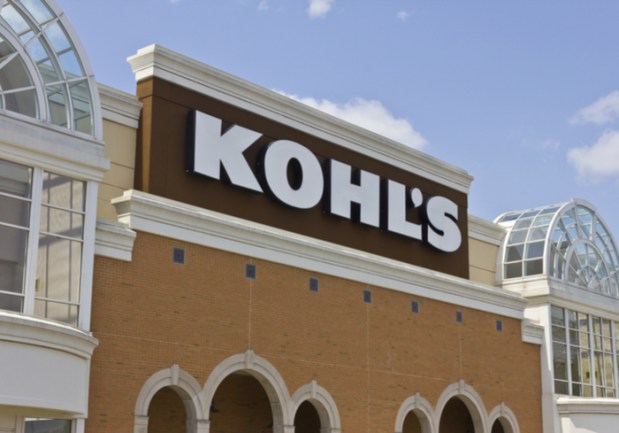Kohl’s Beats Street Expectations, But Weak Guidance Depresses Share Price

Despite an earnings report that came in above what analysts were forecasting for Q2, Kohl’s share price slid after weaker than desired guidance for the rest of the year depressed investor enthusiasm.
It’s a bump in the road for a year that has largely been good to retail: The Kohl’s stock price is up 11 percent year-on-year, bringing its market cap up to a full $13.2 billion. Like Macy’s – which last week saw a similar result with its stronger-than-expected earnings not being enough to stave off a stock price drop – investors remain skittish when it comes to physical retail, though perhaps less wholesale pessimistic. Macy’s share price is up 90 percent in the last year.
By the numbers, Kohl’s profit was up 40.4 percent in the quarter that ended Aug. 4, to $292 million or $1.76 per share, compared with the $208 million or $1.24 a share they were reporting a year ago. Analysts had expected earnings of $1.64 a share. Revenue was also on an upswing, picking up 4 percent to $4.57 billion, beating out the $4.26 billion forecast ahead of the earnings release.
Same-store sales – physical retail’s most-watched metric – was up 3.1 percent year on year, well ahead of the 2.7 percent that analysts had anticipated. Online sales were up at a mid-teens percentage rate, fueled by purchases made on mobile devices, according to Kohl’s.
Looking to the full year, Kohl’s now expects to earn between $4.96 and $5.36 per share, compared with a prior range of between $4.86 and $5.31 a share. Though the estimate was upward trending, even the revised forecast came in below the earnings per share of $5.39 in fiscal 2018 that analysts were expecting. As a result, Kohl’s shares fell 4 percent in early trading as the news came down.
Despite the dip, however, many retail investors and analysts remain bullish on Kohl’s prospecting going forward.
“What excites [us] most about the story is the company’s potential pipeline of multi-year traffic drivers, including its Amazon Returns partnership and subleasing excess space to other high-frequency concepts,” Gordon Haskett Analyst Chuck Grom told CNBC.
Last quarter’s power players, sales wise were apparel (both men’s and women’s) and shoes. Efforts at trimming excess inventory and an increased focus on full-priced sales have also helped trim costs and boost gross margins.
The ongoing challenge for Kohl’s, like Macy’s, is to build a fully omnichannel retail presence – a huge challenge with Amazon looming as the dominant player in U.S. eCommerce, with an estimated 50 percent of all digital sales originating on its marketplace. Kohl’s is unique in the department store world, insofar as it is working with Amazon instead of necessarily against them. Kohl’s sells the Amazon Echo, among other tech devices, and has also started accepting returns for the digital retailer at a handful of its stores. And that program, according to U.S. CEO Michelle Gass, has so far left Kohl’s “very pleased” with customers’ reactions – and perhaps looking toward expansion.
“The operations have to work, the financials have to work … so we are doing our best to really understand and dig deep before any decision is made going forward,” Gass said about working more with Amazon.
Kohl’s is also rethinking how it uses its store space, considering mechanisms to subdivide it into mini-stores or full-store divisions to make room for things like Aldi as a grocery tenant.
